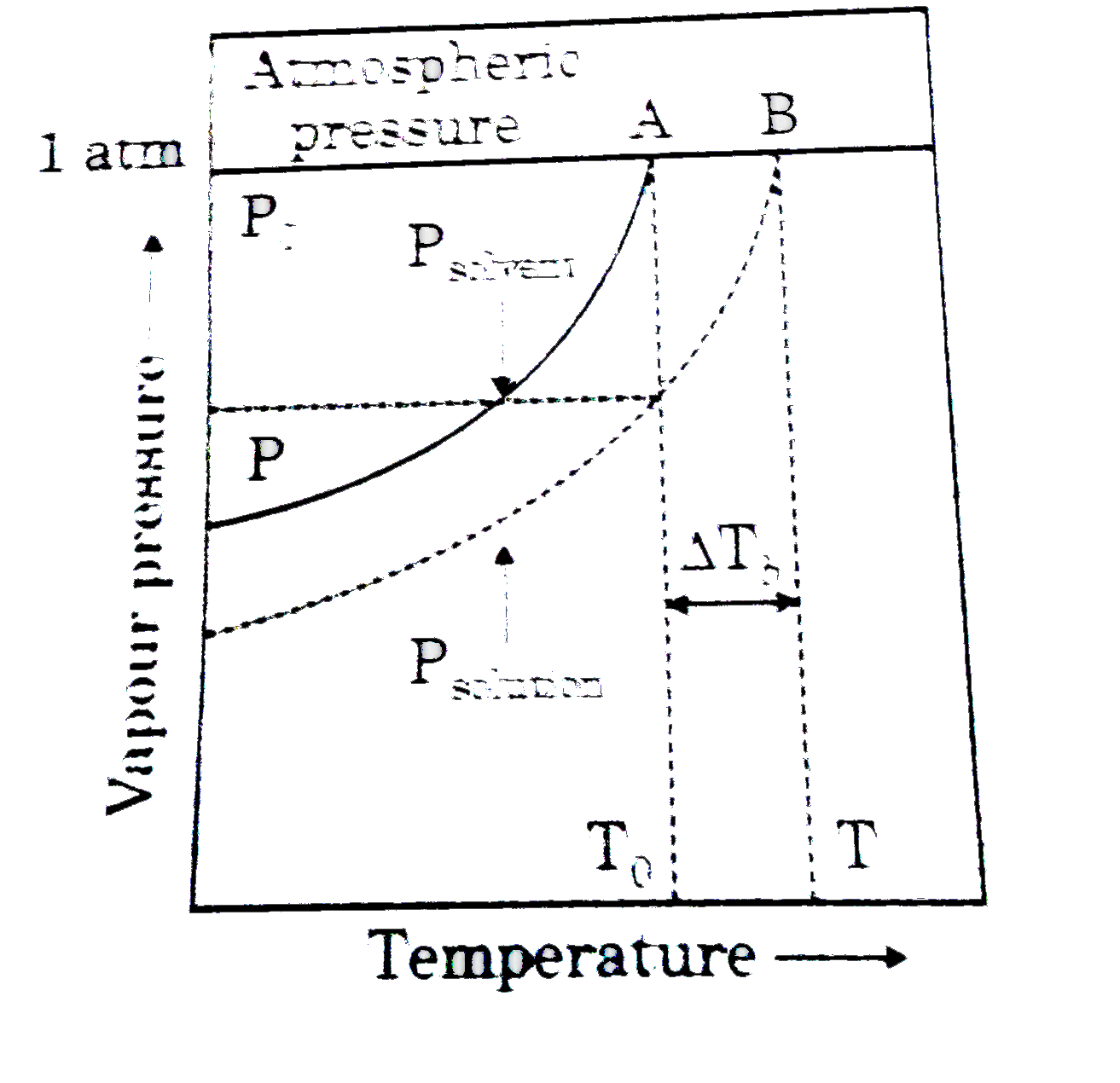For a dilute solution having molality m for a given solute in a solvent of mol. Wt. M,b.pt. and heat vaporisation per mole is equal to
Molal elevation constant of solvent
, where M in kg , and R is unit
Where M in kg , and R in SI unit
where M in g, R and in unit
The correct Answer is:A, B, D
Topper's Solved these Questions
- BOOK - GRB PUBLICATIONCHAPTER - LIQUID SOLUTIONSEXERCISE - 123videos
LIQUID SOLUTIONS
- BOOK - GRB PUBLICATIONCHAPTER - LIQUID SOLUTIONSEXERCISE - 712videos
LIQUID SOLUTIONS
- BOOK - GRB PUBLICATIONCHAPTER - LIQUID SOLUTIONSEXERCISE - 376videos
LIQUID SOLUTIONS
- BOOK - GRB PUBLICATIONCHAPTER - IONIC EQUILIBRIUMEXERCISE - All Questions526videos
IONIC EQUILIBRIUM
- BOOK - GRB PUBLICATIONCHAPTER - METALLUGYEXERCISE - Subjective type1videos
METALLUGY
Similar Questions
Knowledge Check
- Question 1 - Select One
For a dilute solution having molality m of of a given solute in a solvent of mol.wt.M,b.pt.Tb and heat of vaporisation per mole ΔH:[(aTbam]m→0 is equal to :
AMolal elevation constant of solventBRT2bMΔHvap,whereM∈kg DeltaH_("vap")andR∈Jmol^(-1)CRT2bMΔSvap,whereM∈kg, DeltaS_("vap")andR∈Jmol^(-1)DRTB2M1000ΔHvap, where M in g,R and ΔHvap expressed in same unit of heat. - Question 2 - Select One
The molality of a solute in a solvent (molar mass, 20gmol−1) is 0.1molkg−1.
What is the mole fraction of the solute?A0.150B0.150.1C0.120+0.1D0.120 - Question 3 - Select One
Given that ΔTf is the depression in freezing point of the solvent in a solution of a non-volatile solute of molarity m,the quantity Ltm→0(ΔTf/m) is equal to ……………. .
AZeroBOneCThreeDNone of the above
A dilute solution contains 'x' moles of solute A in 1 kg of solvent with molal elevation constant Kb. The solute dimerises in the solution according to the following equation. The degree of association is (a) :
2A⇔A2
The degree of assoicition is equal to :View SolutionA dilute solution contains m mol of solute A in 1 kg of a solvent with molal elevation constant Kb. The solute dimerises in solution as 2A⇔A2. Show that equilibrium constant for the dimer formation is
K=Kb(Kbm−ΔT)(2ΔTb−Kbm)2 where ΔTb is the elevation of the boiling point for the given solution. Assume molarity = molarityView SolutionA dilute solution contains m mol of solute A in 1 kg of a solvent with molal elevation constant Kb. The solute dimerises in solution as 2A⇔A2. Show that equilibrium constant for the dimer formation is
K=Kb(Kbm−ΔT)(2ΔTb−Kbm)2 where ΔTb is the elevation of the boiling point for the given solution. Assume molarity = molarityView SolutionA dilute solution contains 'x' moles of solute A in 1 kg of solvent with molal elevation constant Kb. The solute dimerises in the solution according to the following equation. The degree of association is (a) :
2A⇔A2
The degree of assoicition is equal to :View SolutionFigure explains elevation in boiling point when a non-volatile solute is added to a solvent. Variation of vapour pressure with temperaure and elevation in boiling point is marked.

Given that ΔTb is the elevation in boiling point of the solvent in a solution of molarity m then limm→0(ΔTbm) is equal to:View Solution

